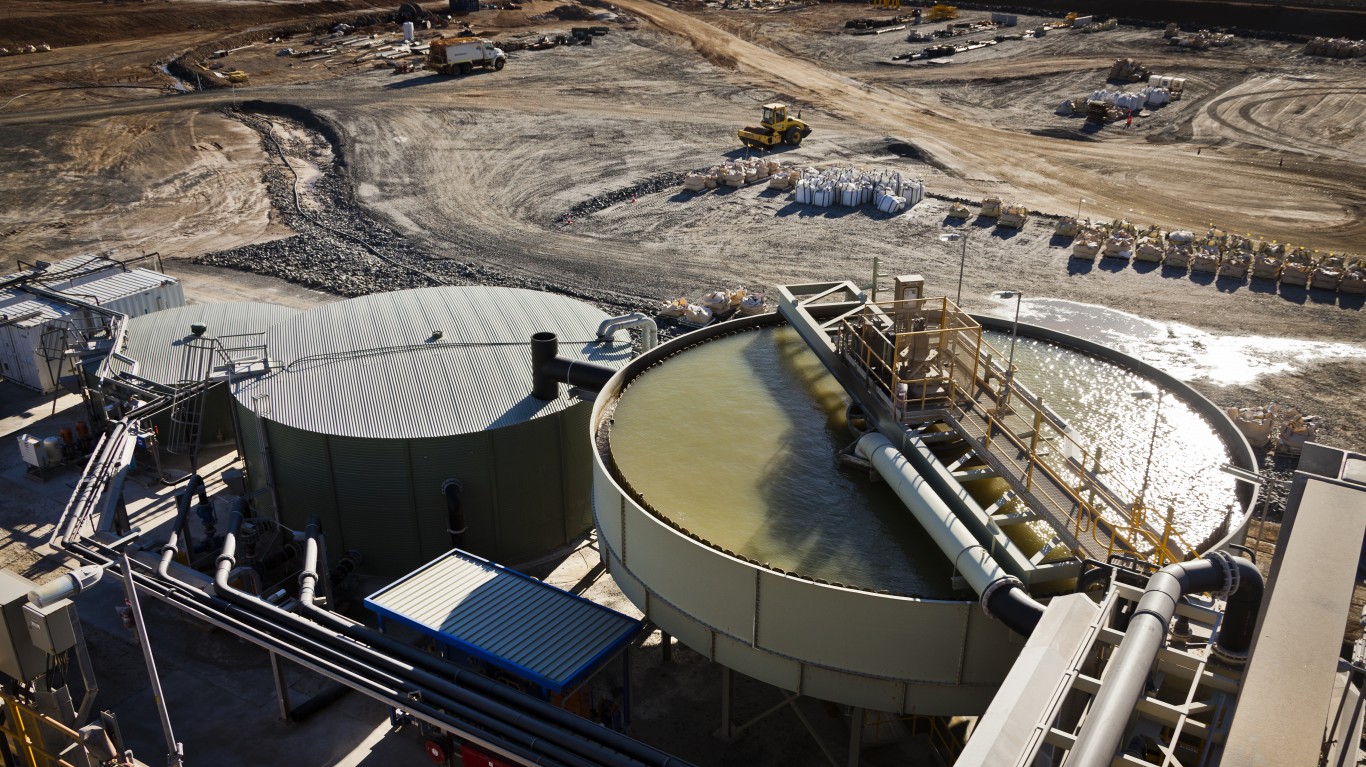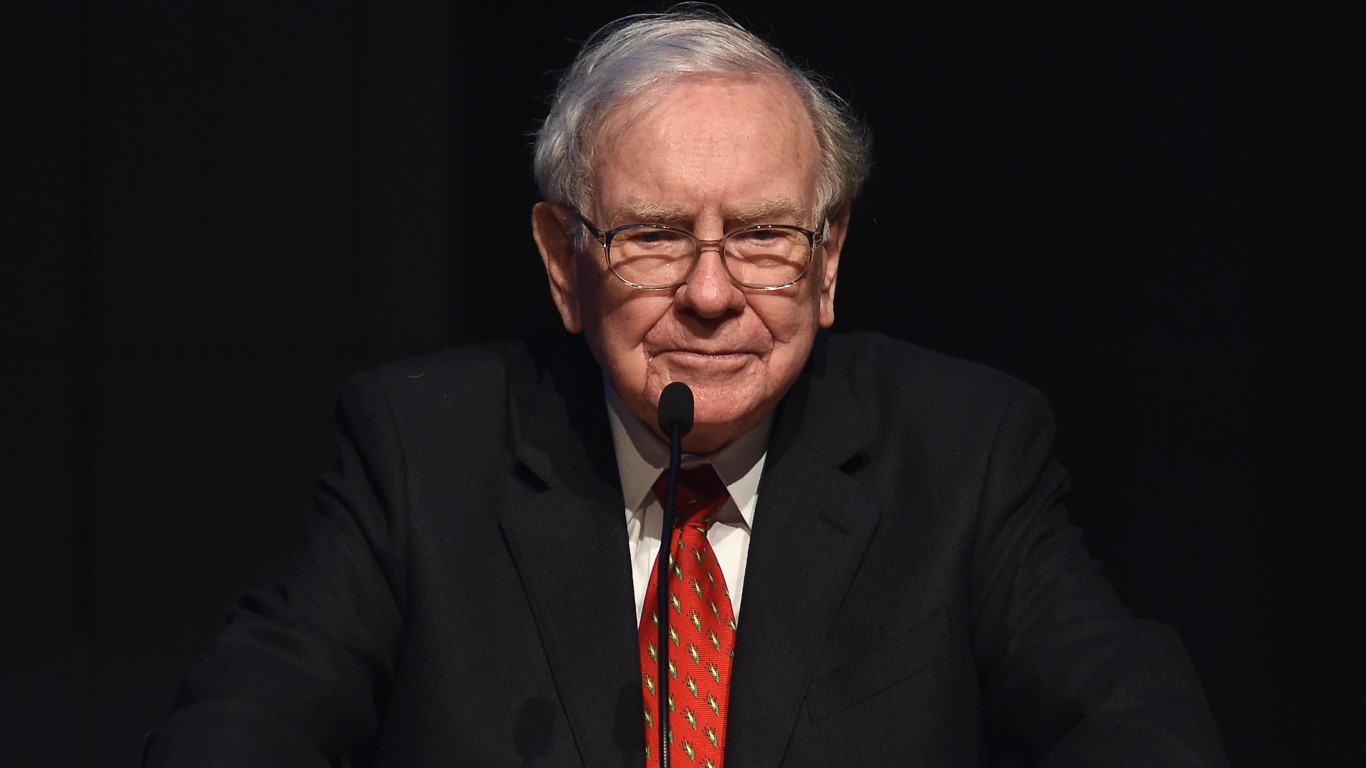
With global sales of battery-electric vehicles forecast to reach 1 million for the first time in September, demand for lithium is expected to continue to outpace supply. To keep pace with rising demand, lithium producers are going to need to expand. And quickly.
CEO Dale Henderson of Australia’s Pilbara Minerals told Bloomberg that he wants EV and battery makers to partner with Pilbara to develop new refinery projects in order to dodge shortfalls in the production of battery-grade lithium carbonate, currently selling in China for around $71,000 per metric ton.
Another Australian producer, Liontown Resources, scored a deal with Ford in June that included a $195 million loan to expand a lithium mine. Australia produced about 55% of the world’s 2021 supply of lithium.
In light of that, Bank of America Global Research’s downgrade of U.S. lithium miner Livent Corp. (NYSE: LTHM) from Neutral to Underperform may seem somewhat odd. The analysts also cut their price objective from $31 per share to $27.
Their reasoning is interesting because they think the price of lithium has now reached an “unsustainable” level and “market prices for lithium now reflect scarcity value and not what is grounded by marginal producer economics.” They go on to say that their price model for the commodity “supports a pullback over the next few years” while acknowledging there is upside risk if prices remain at or near current levels.
For example, BofA calculates that Albemarle Corp. (NYSE: ALB) could post EBITDA of $9 billion by 2025 if prices hold or $2 billion if the industry reverts to marginal economics. That wide variance is based on a discounted cash flow model that BofA has discarded in favor of a net asset value (NAV) model that the analysts think more accurately portrays a mining company than a specialty chemicals company, the current industry lithium producers are part of.
Industrial metals mining companies like Rio Tinto and BHP often trade at a discount to NAV, while gold miners like Barrick and Newmont trade at premiums to NAV. Lithium more rightly belongs in the same group as the industrial miners even though the industry “is in its infancy and the growth algorithm is uniquely robust.” Still, lithium prices are “more likely to be cyclical over time as higher prices drive more supply,” making gold equities a not-altogether fitting comparison either. Including other considerations like investor interest in ESG and energy transition investing, “it is possible, if not probable, that lithium equities sustain valuations at premiums to NAVs.” Time will tell.
Livent stock traded down about 2.5% early Monday morning, in a 52-week range of $19.35 to $36.38. The consensus price target on the stock is $33.09.
Albemarle traded up about 2%, at $269.61 in a 52-week range of $169.93 to $272.51. The stock’s 52-week range is $169.93 to $308.24. BofA has a Neutral rating on the company with a price objective of $332.00. The consensus price target on the stock is $299.58.
In 20 Years, I Haven’t Seen A Cash Back Card This Good
After two decades of reviewing financial products I haven’t seen anything like this. Credit card companies are at war, handing out free rewards and benefits to win the best customers.
A good cash back card can be worth thousands of dollars a year in free money, not to mention other perks like travel, insurance, and access to fancy lounges.
Our top pick today pays up to 5% cash back, a $200 bonus on top, and $0 annual fee. Click here to apply before they stop offering rewards this generous.
Flywheel Publishing has partnered with CardRatings for our coverage of credit card products. Flywheel Publishing and CardRatings may receive a commission from card issuers.
Thank you for reading! Have some feedback for us?
Contact the 24/7 Wall St. editorial team.





